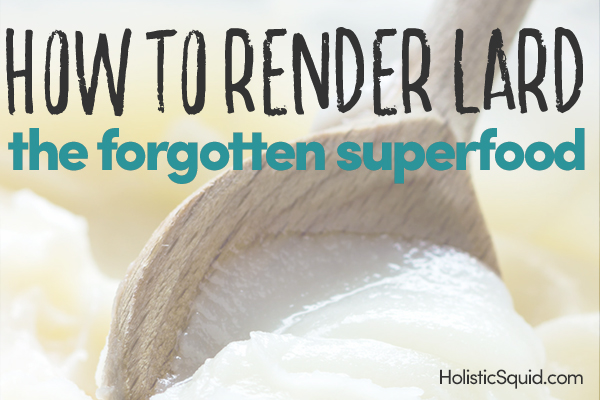
Yes, that's right. I said LARD. Contrary to modern mainstream beliefs, lard has a great fat profile, and is the second richest dietary source of vitamin D after cod liver oil. Vitamin D is essential for immune and mental health, strong bones and teeth, optimal hormone function, cancer prevention, and more.
About 40% of lard is saturated fat, and 45% is monounsaturated fat (like what's found in olive oil and avocados). Lard contains NO trans-fats. While most people know that monounsaturated fats are good and trans-fats are bad, what about saturated fats and cholesterol???
News flash: The modern epidemic of heart disease should not be blamed on saturated fats such as butter, lard or coconut oil, but on unhealthy vegetable fats such as margarine, canola, corn, and soy oils as well as the groceries isles of other processed foods.
If you're a “show-me-the-studies” kind of person:
- Diets high in saturated fat actually have been shown to increase HDL, the “good” cholesterol and not affect LDL, the “bad” cholesterol (Journal of American College of Nutrition, 2004).
- Cholesterol does not clog arteries, and is essential for many functions in the body, including hormone production and regulation, proper digestion, and immune health.
- A fairly recent study actually shows that lowering cholesterol has no affect on plaque build-up in the arteries (American Journal of Cardiology, 2003).
If you're more of an experiential learner, introduce saturated fats like lard and butter into your daily meals as part of a nutrient dense, junk-free diet. Seek out meat and dairy products from animals that were raised outdoors on pasture. You'll feel awesome and won't die – at least not from eating traditional fats.
How to Render Lard
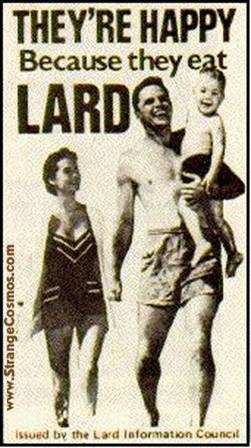 Rendering lard is actually quite easy. The hardest part may be sourcing a local farmer or a butcher that can guarantee your purchase came from local, pasture-raised pork.
Rendering lard is actually quite easy. The hardest part may be sourcing a local farmer or a butcher that can guarantee your purchase came from local, pasture-raised pork.
If you plan to use the lard for baking you will want ‘leaf lard' which is made from the pig's belly fat. You can render your lard from back or other fat for any other cooking applications.
You will need about 3 pounds of fat (from pasture-raised pork) to yield one quart of lard.
- Cut the fat into small 1-2 inch chunks.
- In small batches, pulse in a food processor until ground. (Alternatively, you can ask your butcher or farmer to grind the fat before you buy it.) The grinding step is optional and creates a bit more mess, but it can really speed up the rendering time.
- Place ground fat into a large saucepan, add about a half cup of water per pound, and cook on high with no lid until you are left with a pan of liquid fat and some grizzly bits of protein. This usually takes about 30-45 minutes. You can snack on the leftover bits or feed it to a pet.
- Strain the fat into wide mouth jars until ready to use (if they are narrow at the top it will be difficult to get hardened lard out later).
You can also drain and save your bacon grease (to use as rendered lard too). Just don't use this fat for baking unless you want your pie to taste of bacon.
You can use your lard in this killer carnitas recipe. Other ways to include this wonderful fat are endless – for sauteing or frying just about anything, as oil for making homemade popcorn, and for making perfectly flaky pie crusts.
Feel free to eat generous amounts of this stuff! Traditional lard is both delicious and nutritious.
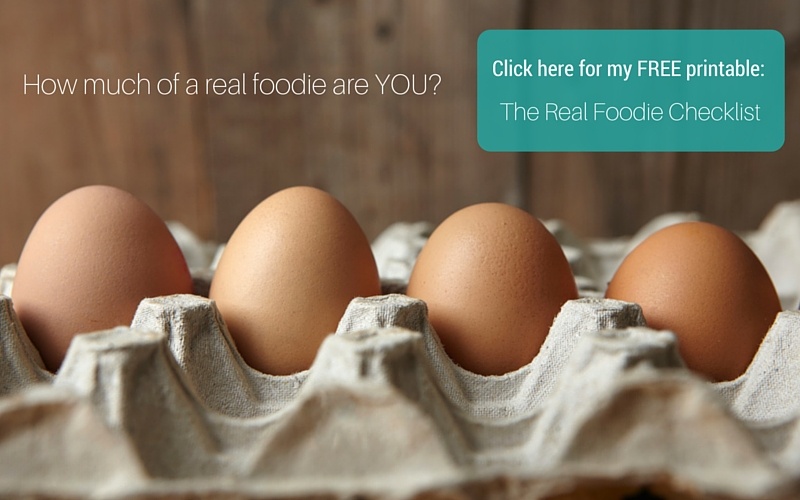
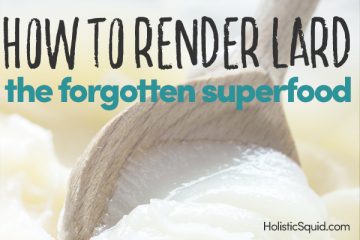
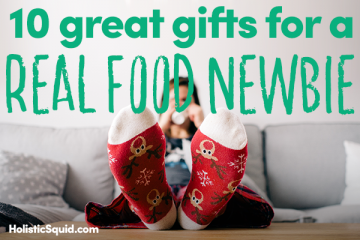
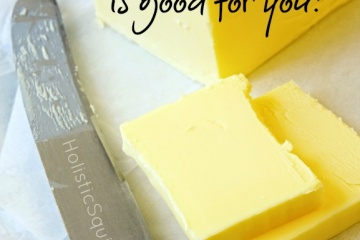
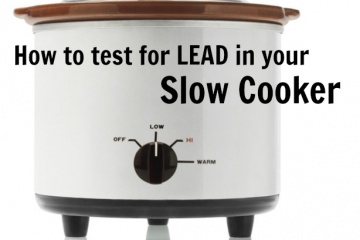
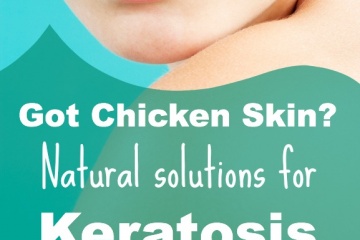
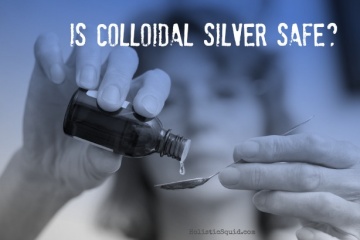

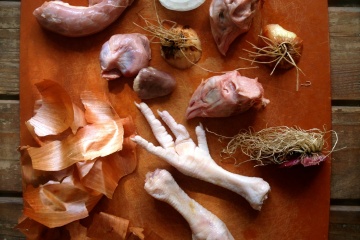

I drain and save my bacon fat. It’s like getting free cooking fat! I love to add it to my quinoa while it cooks. Delicious!
I love it! But does the old JoAnne know that the new JoAnne has taken over? I know I say this all the time, but you never cease to amaze me. 🙂
Hi 🙂
Thanks lots for this – especially like the research links. I was wondering: does it matter what animal the fat comes from? E.g. I save the chicken fat from baking chicken, does this have vitamin D as well? Or maybe it would depend on whether the chicken was raised outdoors huh.. do you know?
Thanks lots
Lucia
Hi Tom – Thanks for pointing out the broken link. It somehow slipped under my radar but should be fixed now. Thanks for reading. 🙂
I’m in SoCal too. Do you have a source for pastured pork? Thanks!
Hi Michelle – We get our pork mostly from Jimenez Family Farm. We also get lamb from them. 🙂
Ooh! That last bit about the bacon grease made me so happy to read! I’ve been doing that for a couple of years now, using it when I want to fry hubby’s eggs or if I want to toast some bread with a bit of fat on it to crisp it better. I’ve only started the conscious transition with my husband to real/raw foods, and there’s been MANY changes that we’ve made in the last year. Refreshing to see something that we don’t have to change at all. 🙂
oe38je